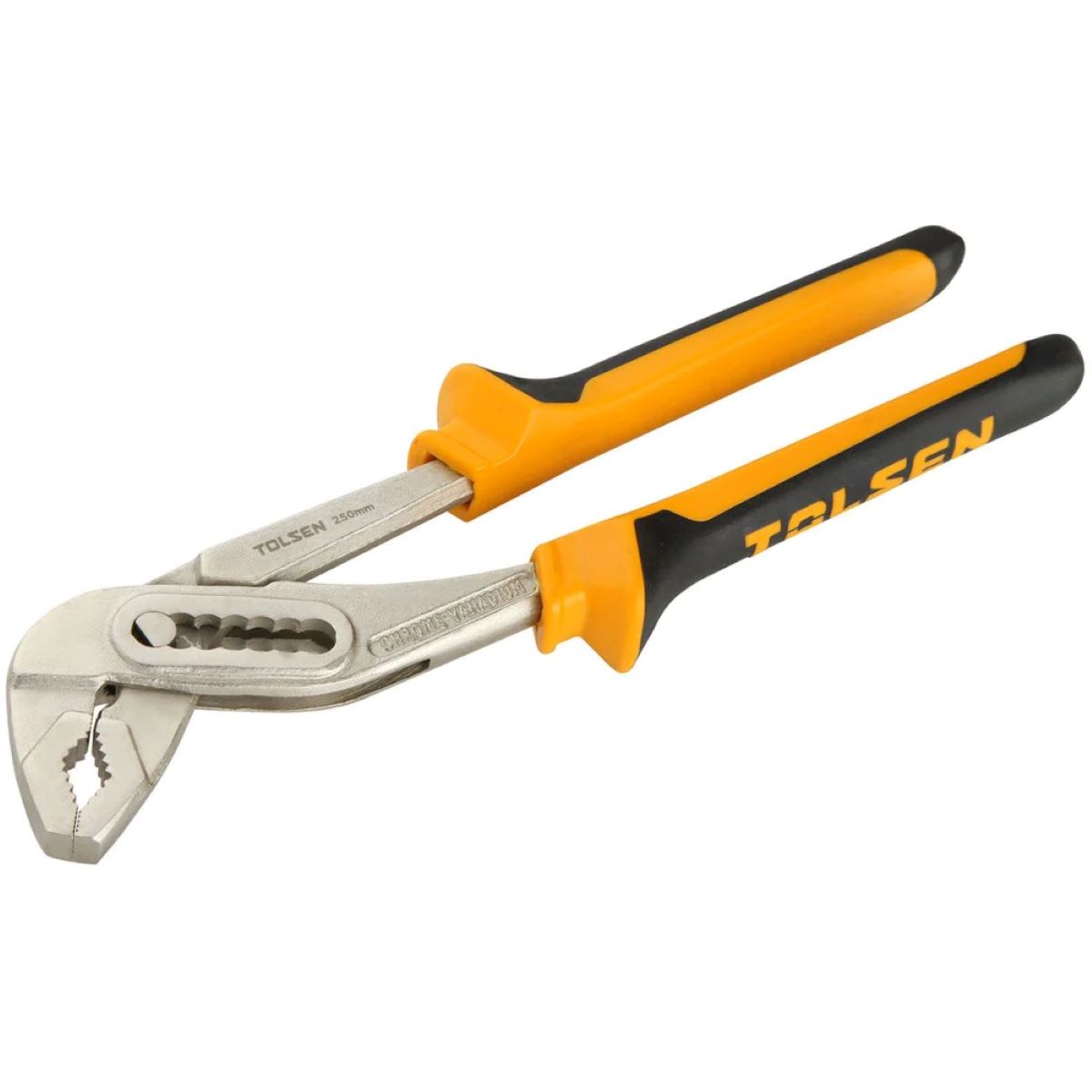

Articles
What Is A Water Pump Pliers
Modified: January 8, 2024
Learn about water pump pliers and how they are used in various articles. Find out the benefits of using water pump pliers and their applications.
(Many of the links in this article redirect to a specific reviewed product. Your purchase of these products through affiliate links helps to generate commission for Storables.com, at no extra cost. Learn more)
Introduction
Water pump pliers, also known as tongue and groove pliers or channel lock pliers, are an essential tool for plumbers, mechanics, and DIY enthusiasts. These versatile pliers are designed to provide a secure grip on various sizes of objects, making them ideal for tasks such as tightening or loosening pipes, nuts, and bolts.
In this article, we will explore the definition, purpose, features, types, usage, and maintenance of water pump pliers. Whether you are a professional tradesperson or a do-it-yourself enthusiast, understanding the functions and proper usage of these pliers can greatly enhance your efficiency and productivity.
So, let’s dive in and discover the world of water pump pliers!
Key Takeaways:
- Water pump pliers are versatile tools designed to provide a secure and adjustable grip on objects of various sizes, making them indispensable for professionals and DIY enthusiasts in plumbing, automotive repair, and general maintenance tasks.
- Proper maintenance, care, and safety measures are essential for maximizing the longevity and performance of water pump pliers. Regular cleaning, lubrication, and inspection, along with mindful usage, ensure safe and effective handling of these valuable tools.
Read more: What Is A Water Pump
Definition of Water Pump Pliers
Water pump pliers, also known as slip joint pliers or adjustable pliers, are a type of hand tool that features a set of jaws that can be adjusted to grip objects of various sizes. The design of these pliers allows for a secure grip on both flat and round surfaces, making them suitable for a wide range of tasks.
The jaws of water pump pliers are typically serrated or ridged to provide better traction on the object being gripped, ensuring a firm hold. The handles of the pliers are long and often have insulation or ergonomic grips to provide comfort and control while using the tool.
One of the defining features of water pump pliers is their adjustable joint, located near the pivot point of the tool. This joint can be moved to different positions, allowing the user to adjust the width of the jaw opening. This is particularly useful when working with objects of different sizes, as it eliminates the need for multiple pairs of pliers.
Water pump pliers are commonly used in plumbing, automotive repair, electrical work, and general maintenance tasks. They are versatile enough to be used on various materials, including metal, plastic, and wood.
Overall, water pump pliers are a valuable tool for anyone working with objects that require a secure and adjustable grip. Their versatility and ease of use make them a staple in the toolbox of professionals and DIY enthusiasts alike.
Purpose and Function of Water Pump Pliers
The primary purpose of water pump pliers is to provide a strong and adjustable grip on objects of varying sizes. The adjustable jaws of these pliers allow them to securely grasp pipes, nuts, bolts, and other materials with ease.
One of the main functions of water pump pliers is to provide leverage. The long handles of the pliers allow for increased torque, making it easier to loosen or tighten stubborn fasteners. The adjustable jaws can be set to the optimal width for the object being gripped, ensuring a secure hold and minimizing the risk of slipping or damaging the material.
Water pump pliers are commonly used in plumbing tasks, such as tightening or loosening pipe fittings. Their ability to grip round objects makes them particularly useful when working with pipes, valves, and connectors. They are also frequently employed in automotive repair, allowing mechanics to securely hold and turn bolts, nuts, and connectors.
In addition to plumbing and automotive applications, water pump pliers are versatile enough to be used in a wide range of tasks. They can be used in woodworking projects to grip and hold pieces in place while they are being worked on. Electricians often use water pump pliers to tighten or loosen cable connectors and conduit fittings.
Another function of water pump pliers is their ability to serve as a temporary clamp. By adjusting the jaws to the desired width, these pliers can hold materials together while glue dries or while waiting for a proper clamp to be applied.
Overall, the purpose of water pump pliers is to provide a strong and reliable grip, making them an indispensable tool for a variety of tasks and professions. Their versatility, ease of use, and adjustable nature make them a go-to tool for anyone in need of a reliable grip on objects of different sizes.
Features and Design of Water Pump Pliers
Water pump pliers are designed with several key features that contribute to their functionality and versatility. Understanding these features can help users choose the right pair of pliers for their specific needs. Let’s explore some of the common features and design elements of water pump pliers.
Adjustable Jaws: The most prominent feature of water pump pliers is their adjustable jaws. This allows users to adapt the width of the jaws to grip objects of different sizes. The adjustable joint near the pivot point of the pliers allows for easy and quick adjustments, saving time and effort in handling various tasks.
Serrated or Ridged Jaws: The jaws of water pump pliers often have serrated or ridged surfaces. This textured pattern provides a better grip on objects, preventing slippage and ensuring a secure hold. The teeth-like design of the jaws enhances the gripping power, making it easier to handle stubborn or slippery materials.
Long Handles: Water pump pliers typically have long handles to provide leverage and torque. These long handles give users the ability to apply more force and control while gripping or turning objects. They also help to extend the reach of the pliers, allowing users to access tight or hard-to-reach areas.
Insulated or Ergonomic grips: To enhance comfort and reduce hand fatigue, many water pump pliers feature insulated or ergonomic grips on the handles. These grips provide a cushioned surface that is more comfortable to hold, making it easier to tackle prolonged tasks. The ergonomic design also ensures a better grip and control over the pliers, enhancing overall efficiency.
High-Quality Materials: Water pump pliers are typically made from durable materials such as forged steel or chrome-vanadium steel. These materials offer strength and longevity, ensuring that the pliers can withstand heavy use and provide reliable performance over time.
Box Joint or Slip Joint Design: Water pump pliers may feature a box joint or slip joint design. Box joint pliers have a solid joint, providing added strength and stability. Slip joint pliers have a groove joint that allows for more flexibility in adjusting the width of the jaws.
Quick-Release Mechanism: Some water pump pliers come equipped with a quick-release mechanism. This feature allows users to easily open the jaws and release the grip on the object with minimal effort. It is a convenient feature, especially when working in confined spaces or when frequent adjustments are required.
Overall, the features and design of water pump pliers are focused on providing a secure and adjustable grip, increasing leverage and torque, and ensuring comfortable and efficient use. By selecting a pair of pliers with the right combination of features, users can tackle a wide variety of tasks with ease and confidence.
Types of Water Pump Pliers
Water pump pliers come in various types, each designed for specific applications and preferences. Let’s explore some of the common types of water pump pliers available in the market:
1. Traditional Water Pump Pliers: These are the standard water pump pliers that feature an adjustable jaw width and long handles. They are versatile and suitable for a wide range of tasks, making them a popular choice for both professionals and DIY enthusiasts.
2. V-Jaw Water Pump Pliers: V-jaw water pump pliers, also known as groove joint pliers, have jaws in the shape of a V. This design allows for a better grip on round objects, such as pipes or fittings. They are commonly used in plumbing and automotive applications where a secure grip is required on cylindrical surfaces.
3. Pipe Wrench Water Pump Pliers: Pipe wrench water pump pliers have a unique design that combines the functions of a pipe wrench and water pump pliers. They have serrated jaws, similar to traditional water pump pliers, but with a wider opening and a more robust construction. They are specifically designed for gripping and turning pipe fittings, providing a powerful grip on threaded pipes.
4. Slim Jaw Water Pump Pliers: Slim jaw water pump pliers are designed with a narrower jaw width, making them ideal for accessing tight or confined spaces. They are often used in electronics or precision work where a smaller grip area is required.
5. Locking Water Pump Pliers: Locking water pump pliers, also known as locking pliers or mole grips, have a mechanism that allows them to lock the jaws in place once they are clamped onto an object. This feature enables hands-free use, providing a secure and consistent grip without manual pressure.
6. Multi-functional Water Pump Pliers: There are also multi-functional water pump pliers available in the market that come with additional features. These may include wire cutters, crimpers, or integrated screwdrivers, adding versatility to the pliers and reducing the need for multiple tools.
It’s important to consider the specific requirements of your task when choosing the type of water pump pliers. Whether you need a standard pair for general use or a specialized type for specific applications, there is a wide variety of options available to cater to your needs.
When using water pump pliers, ensure that the jaws are securely adjusted to the workpiece to prevent slipping and potential injury. Always use the correct size for the job to avoid damaging the pliers or the workpiece.
Read more: What Is The Function Of A Water Pump
How to Use Water Pump Pliers
Using water pump pliers is relatively straightforward, but knowing the proper techniques and tips can greatly improve your efficiency and effectiveness. Here is a step-by-step guide on how to use water pump pliers:
1. Adjust the Jaw Width: Start by adjusting the jaw width of the pliers to match the size of the object you are gripping. To do this, locate the adjustable joint near the pivot point and move it to the desired position. Ensure that the jaws are gripping the object securely and snugly.
2. Position the Pliers: Hold the handles of the pliers with a firm grip, keeping your fingers away from the jaws. Position the pliers in a way that allows you to apply the necessary force in the direction you want to move or tighten the object.
3. Apply Equal Pressure: When gripping an object, apply equal pressure on both handles of the pliers. This will distribute the force evenly across the jaws, ensuring a secure grip and minimizing the risk of slipping or damaging the object.
4. Rotate or Move the Object: Once the pliers are securely gripped on the object, use the long handles to rotate or move the object as desired. Remember to maintain a steady grip and avoid excessive force that could cause damage.
5. Switch Directions if Needed: If you need to loosen or unscrew an object, switch the direction of the pliers by adjusting the position of the handles. Water pump pliers can be used for both clockwise and counterclockwise motions, providing versatility in various tasks.
6. Release the Grip: After completing the task, release the grip by opening the jaws of the pliers. For standard water pump pliers, simply release the pressure on the handles to release the jaws. If you are using locking water pump pliers, disengage the locking mechanism to release the grip.
7. Repeat as Necessary: Depending on your task, you may need to adjust the position of the pliers or repeat the gripping and turning process multiple times. Take your time and ensure that you have a secure grip on the object before proceeding.
Remember, proper hand placement and grip are essential when using water pump pliers. Always position your hand away from the jaws to avoid injury, and maintain a stable grip on the handles for better control and leverage.
By following these steps and practicing proper technique, you can effectively use water pump pliers for various tasks, such as gripping, turning, and tightening objects with ease and precision.
Tips and Safety Measures for Using Water Pump Pliers
While water pump pliers are versatile and useful tools, it is essential to prioritize safety while using them. Here are some tips and safety measures to keep in mind when working with water pump pliers:
1. Wear Protective Gear: Always wear appropriate personal protective equipment, such as work gloves and safety glasses, to protect your hands and eyes from potential hazards. This is particularly important when working with sharp or heavy objects.
2. Choose the Right Pliers for the Task: Select the appropriate type and size of water pump pliers for your specific task. Different pliers are designed for different purposes, so choose the ones that best match your requirements to ensure a secure and effective grip.
3. Inspect the Pliers: Before using water pump pliers, inspect them for any signs of damage, such as bent or worn-out jaws, loose joints, or cracked handles. Damaged pliers should not be used as they may compromise safety and performance.
4. Use Proper Hand Placement: Always keep your fingers and hand away from the jaws of the pliers to avoid potential pinching or injury. Maintain a firm grip on the handles and position your hand on a non-slippery surface for better control.
5. Apply Proper Force: Use only the necessary force when gripping or turning objects. Applying excessive force can lead to hand fatigue and increase the risk of slippage or damage to the object being gripped.
6. Never Use Pliers as a Hammer: Water pump pliers are not designed to be used as hammers. Avoid using them to strike objects or use excessive force on them, as this can damage the pliers and increase the risk of injury.
7. Be Mindful of Your Surroundings: Pay attention to your surroundings and make sure there is sufficient space to work safely. Avoid using pliers near flammable materials, live electrical sources, or other hazards that may present a risk.
8. Store Properly: After use, store your water pump pliers in a clean and dry place away from moisture or extreme temperatures. This will help prolong their lifespan and maintain their performance.
9. Regular Maintenance: Periodically clean your water pump pliers and lubricate the adjustable joint to ensure smooth operation. Additionally, if your pliers have insulated handles, regularly inspect them for any signs of wear or damage.
10. Seek Proper Training: If you are new to using water pump pliers or are unsure about the correct technique or safety precautions, seek proper training or guidance from a qualified professional. This will help you gain confidence and ensure that you are using the pliers correctly.
By following these tips and safety measures, you can use water pump pliers safely and effectively, minimizing the risk of accidents or injuries while maximizing your productivity.
Maintenance and Care of Water Pump Pliers
Proper maintenance and care of water pump pliers are essential to ensure their longevity, performance, and safety. Here are some key maintenance tips to keep your pliers in optimal condition:
1. Regular Cleaning: After using water pump pliers, it is important to clean them to remove any dirt, debris, or residue that may have accumulated. Use a clean cloth or brush to wipe down the pliers, paying special attention to the jaws and handles. This will help prevent rust and corrosion.
2. Lubrication: Apply a small amount of lubricating oil to the adjustable joint of the pliers. This will help keep the joint mechanism smooth and prevent it from becoming stiff or stuck. Be sure to wipe off any excess oil to prevent it from attracting dust or contaminants.
3. Inspect for Damage: Regularly inspect your water pump pliers for any signs of damage, such as worn-out or damaged jaws, loose pivot joints, or cracked handles. If you notice any issues, it is important to repair or replace the pliers as necessary. Using damaged pliers can compromise safety and performance.
4. Store Properly: When not in use, store your water pump pliers in a clean and dry area. Moisture can lead to rust and corrosion, so it is important to keep them in a location with proper ventilation. Consider using a tool box or pouch to protect the pliers from dust, impacts, and other potential damage.
5. Avoid Overexertion: Avoid using excessive force or overexerting the pliers. Applying too much pressure can lead to premature wear and damage. Use the pliers within their designed capacity and consider using a larger or more appropriate tool for heavy-duty tasks.
6. Insulated Handles: If your water pump pliers have insulated handles, regularly inspect them for any signs of wear or damage. Damaged insulation can compromise your safety and potentially expose you to electrical hazards. If you notice any issues, replace the pliers or have them repaired by a professional.
7. Use for Intended Applications: Water pump pliers are designed for specific applications, and it is important to use them accordingly. Avoid using them for tasks that require specialized tools or excessive force, as this can lead to damage or injury. Use the pliers within their intended purpose to ensure safety and performance.
Remember, the longevity of your water pump pliers will depend on how well they are maintained and cared for. By following these maintenance tips, you can keep your pliers in excellent condition and ensure their reliability whenever you need them.
Conclusion
Water pump pliers are versatile and indispensable tools, widely used in various industries, including plumbing, automotive repair, electrical work, and general maintenance tasks. Their adjustable jaws, long handles, and strong grip allow users to securely hold and manipulate objects of different sizes and shapes.
In this article, we explored the definition, purpose, features, types, usage, and maintenance of water pump pliers. We discussed the importance of choosing the right type of pliers for specific tasks and highlighted the key features to look for, such as adjustable jaws, serrated or ridged surfaces, long handles, and comfortable grips.
We also provided a step-by-step guide on how to properly use water pump pliers, emphasizing the need for proper hand placement, equal pressure, and controlled force. Additionally, we offered tips and safety measures to ensure the safe and effective use of these pliers, such as wearing protective gear, inspecting the pliers for damage, and being mindful of one’s surroundings.
Maintenance and care are crucial to keeping water pump pliers in optimal condition. Regular cleaning, lubrication of the adjustable joint, proper storage, and periodic inspections for damage are essential steps to prolong the life of the pliers and ensure their reliable performance.
In conclusion, water pump pliers are valuable tools that provide a secure and adjustable grip, making them essential for professionals and DIY enthusiasts alike. By understanding their functions, features, usage techniques, and safety measures, you can effectively use water pump pliers to tackle a wide range of tasks with confidence and efficiency.
So, invest in a quality pair of water pump pliers, and with practice and proper maintenance, you’ll have a reliable tool that will assist you in countless projects and make your work easier and more efficient.
Frequently Asked Questions about What Is A Water Pump Pliers
Was this page helpful?
At Storables.com, we guarantee accurate and reliable information. Our content, validated by Expert Board Contributors, is crafted following stringent Editorial Policies. We're committed to providing you with well-researched, expert-backed insights for all your informational needs.
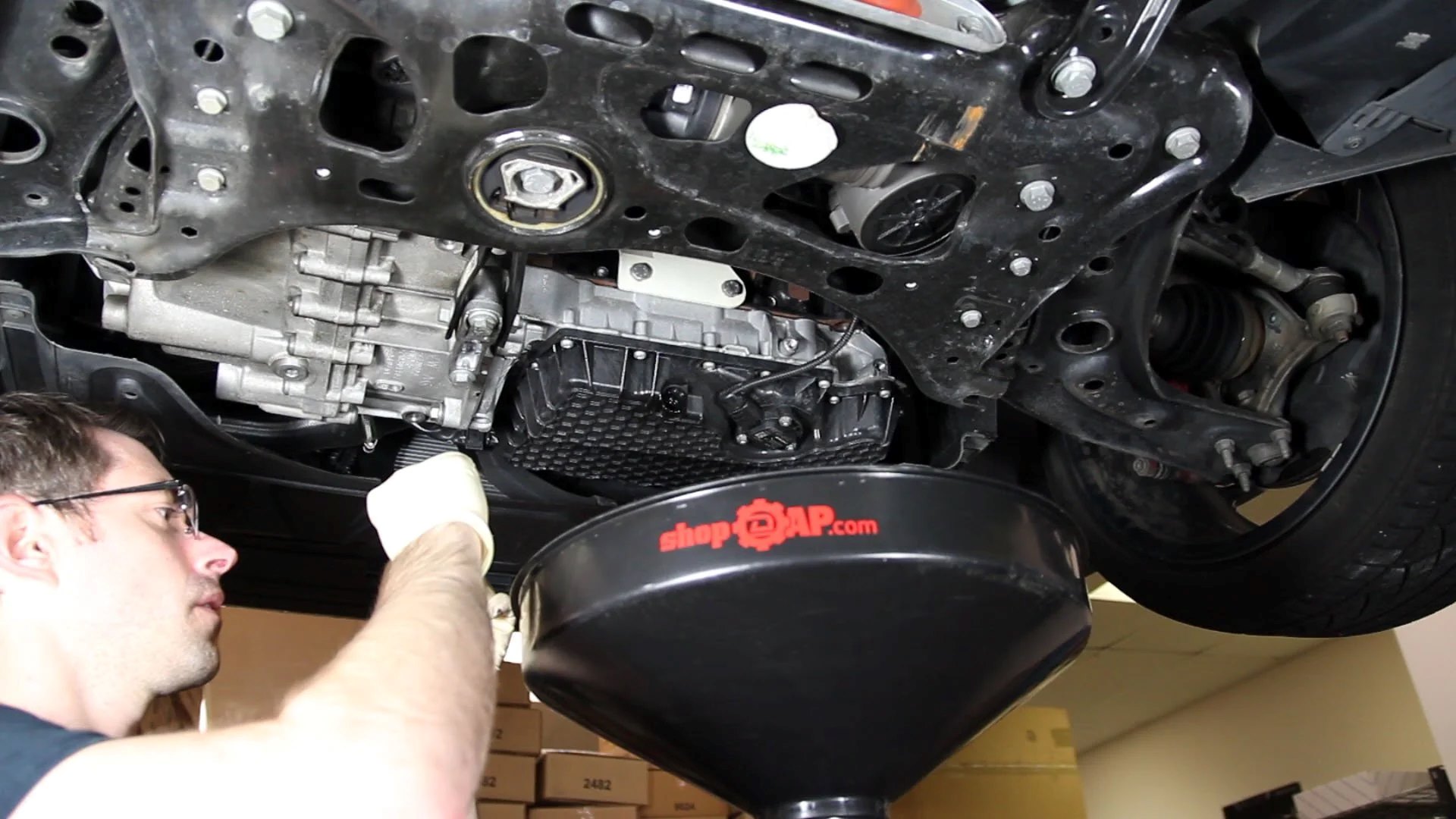
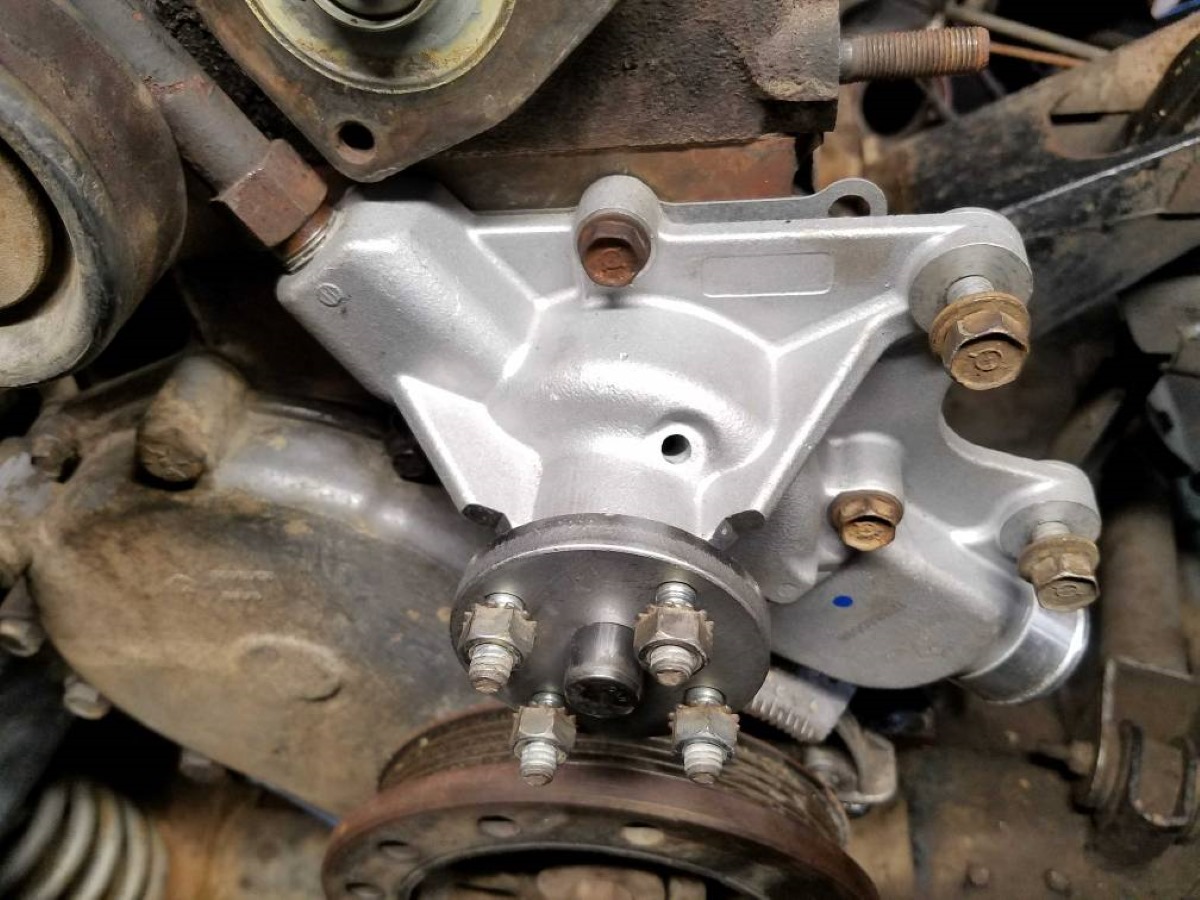
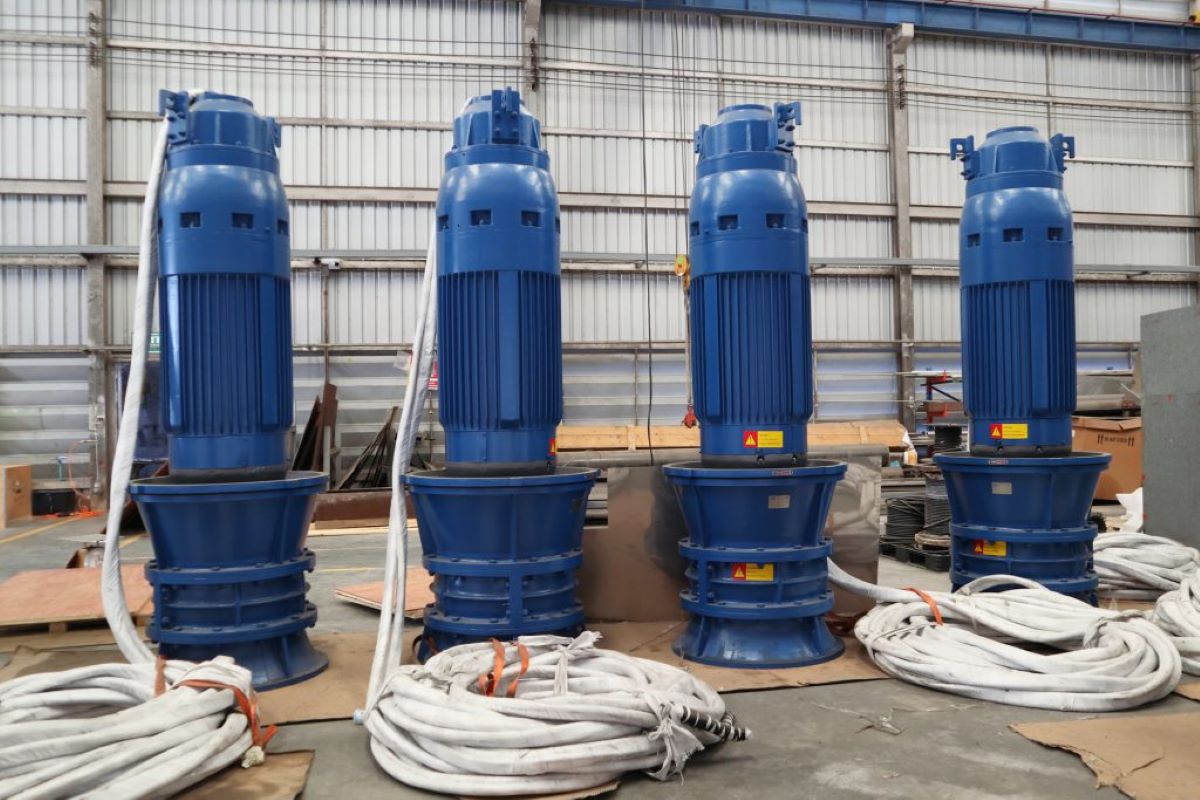
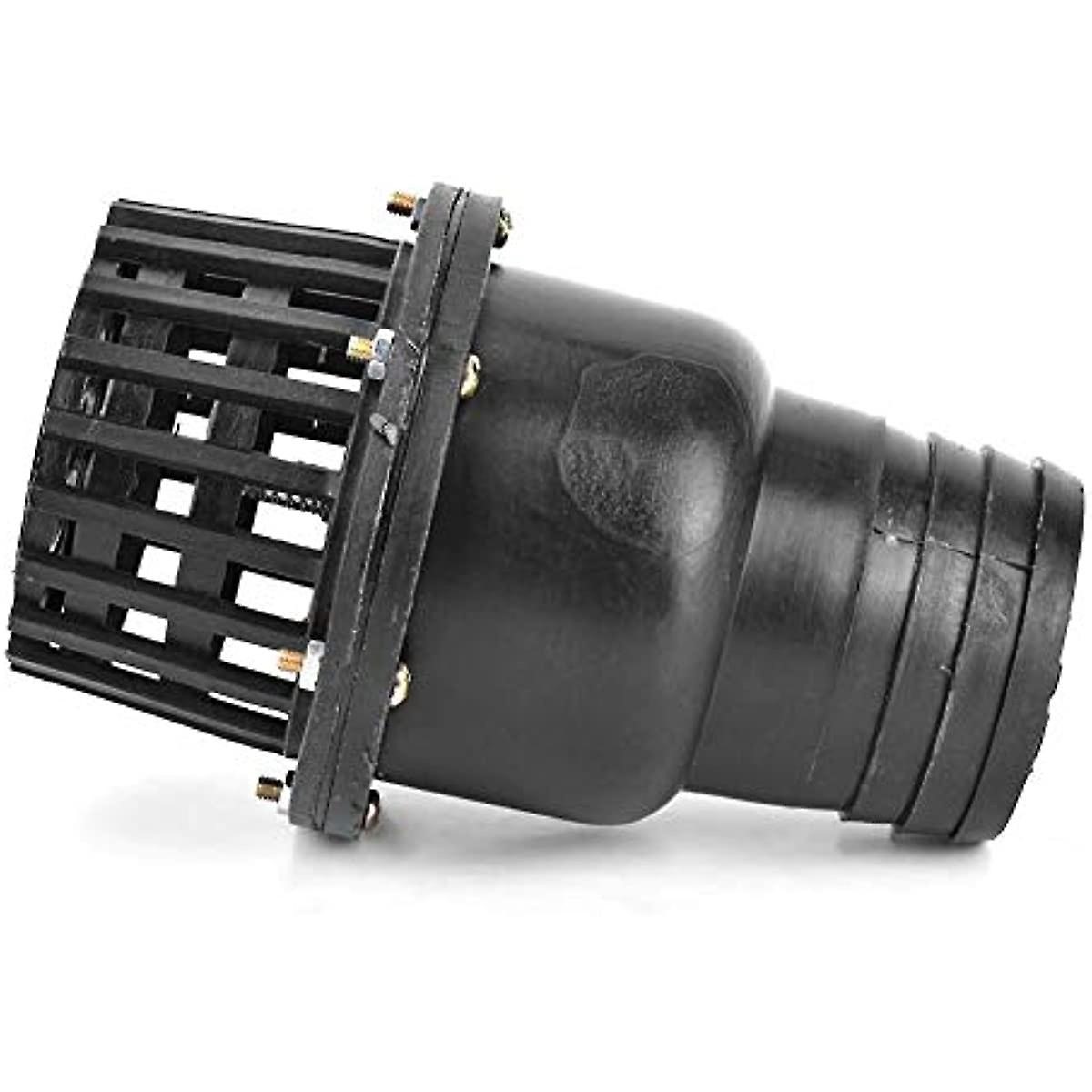
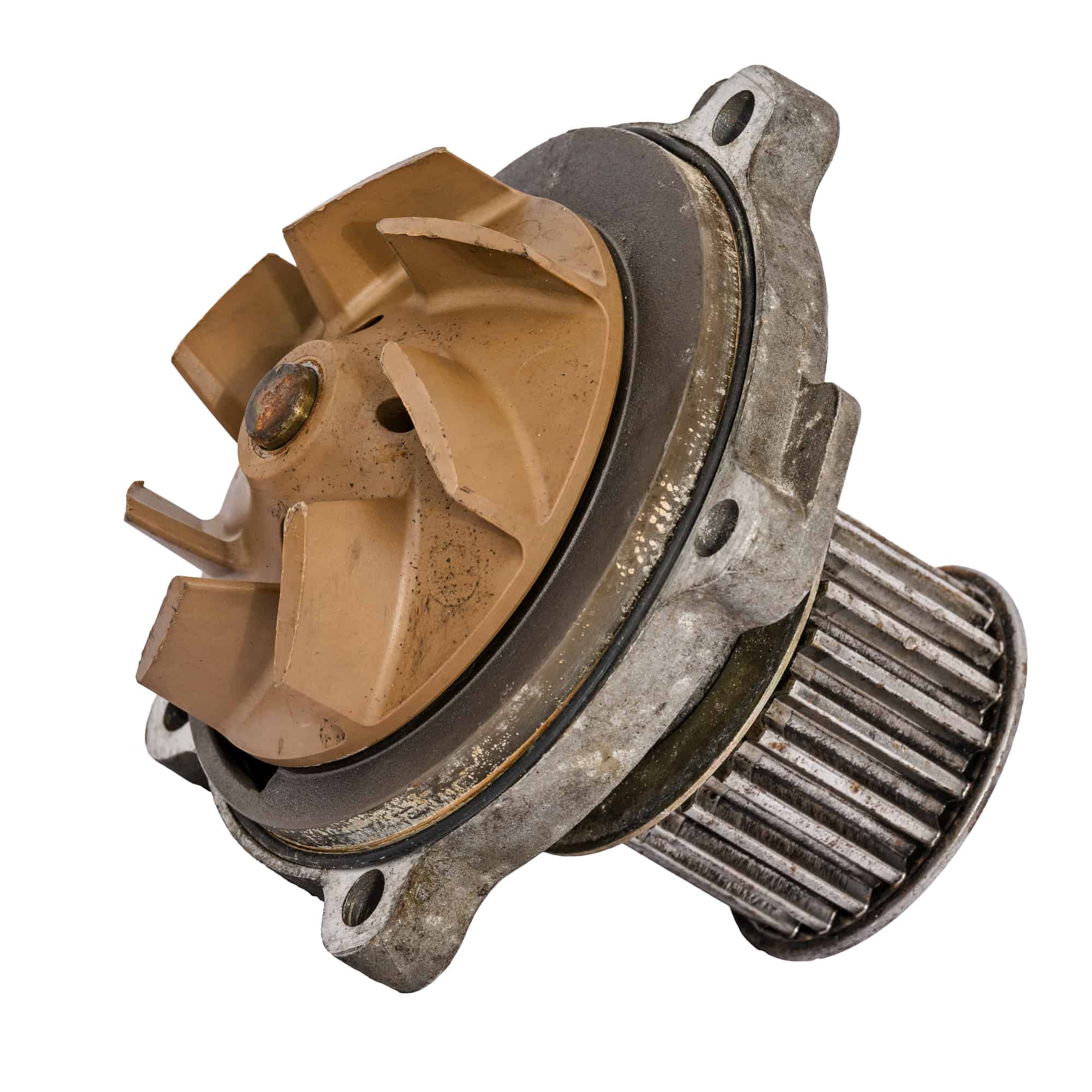
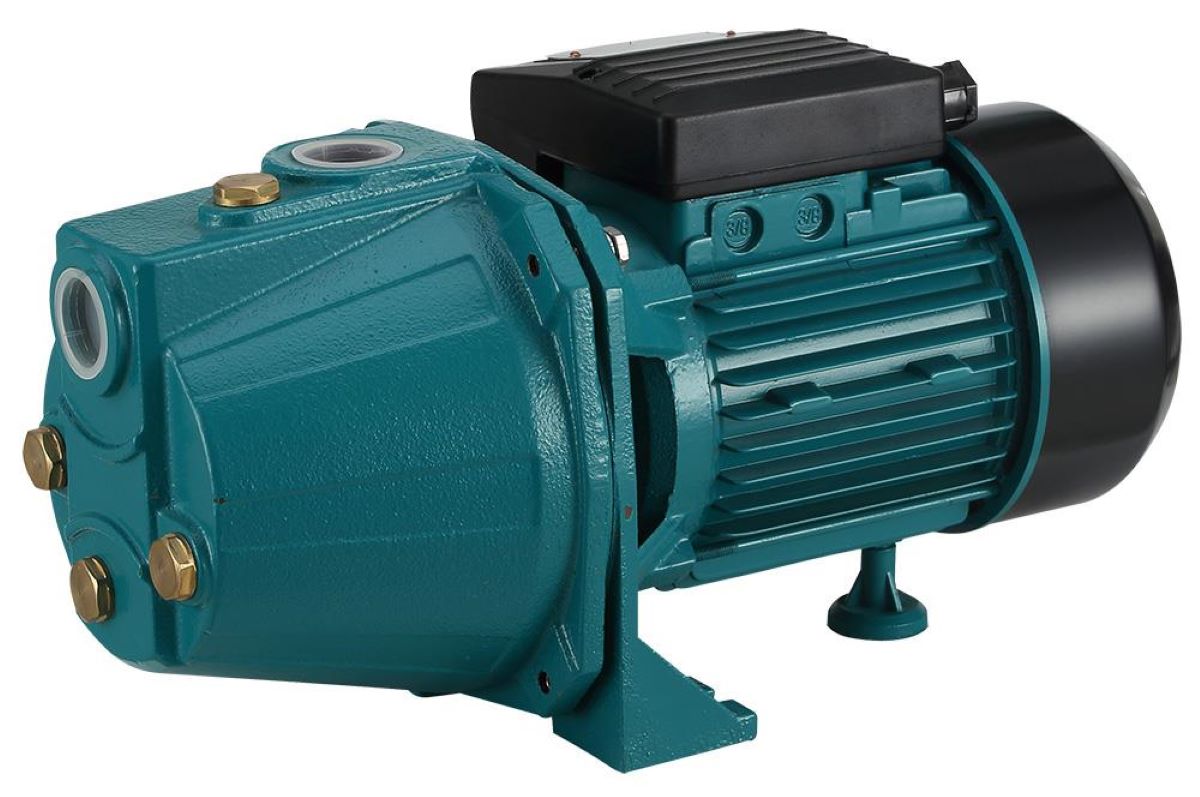
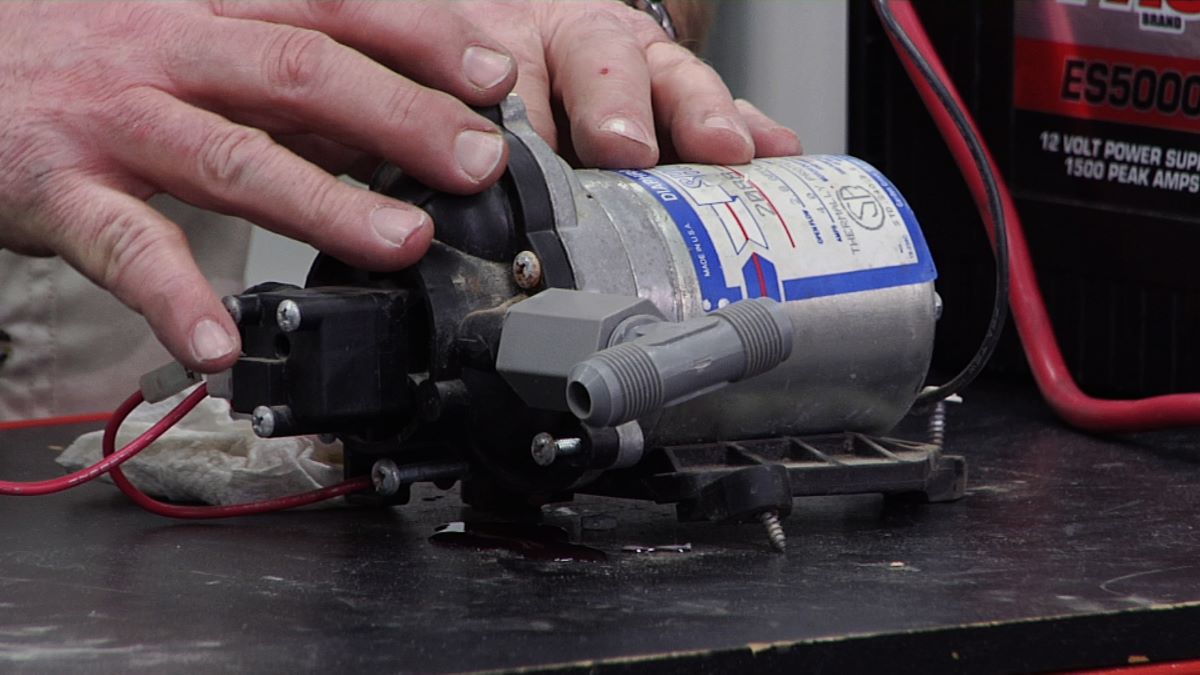
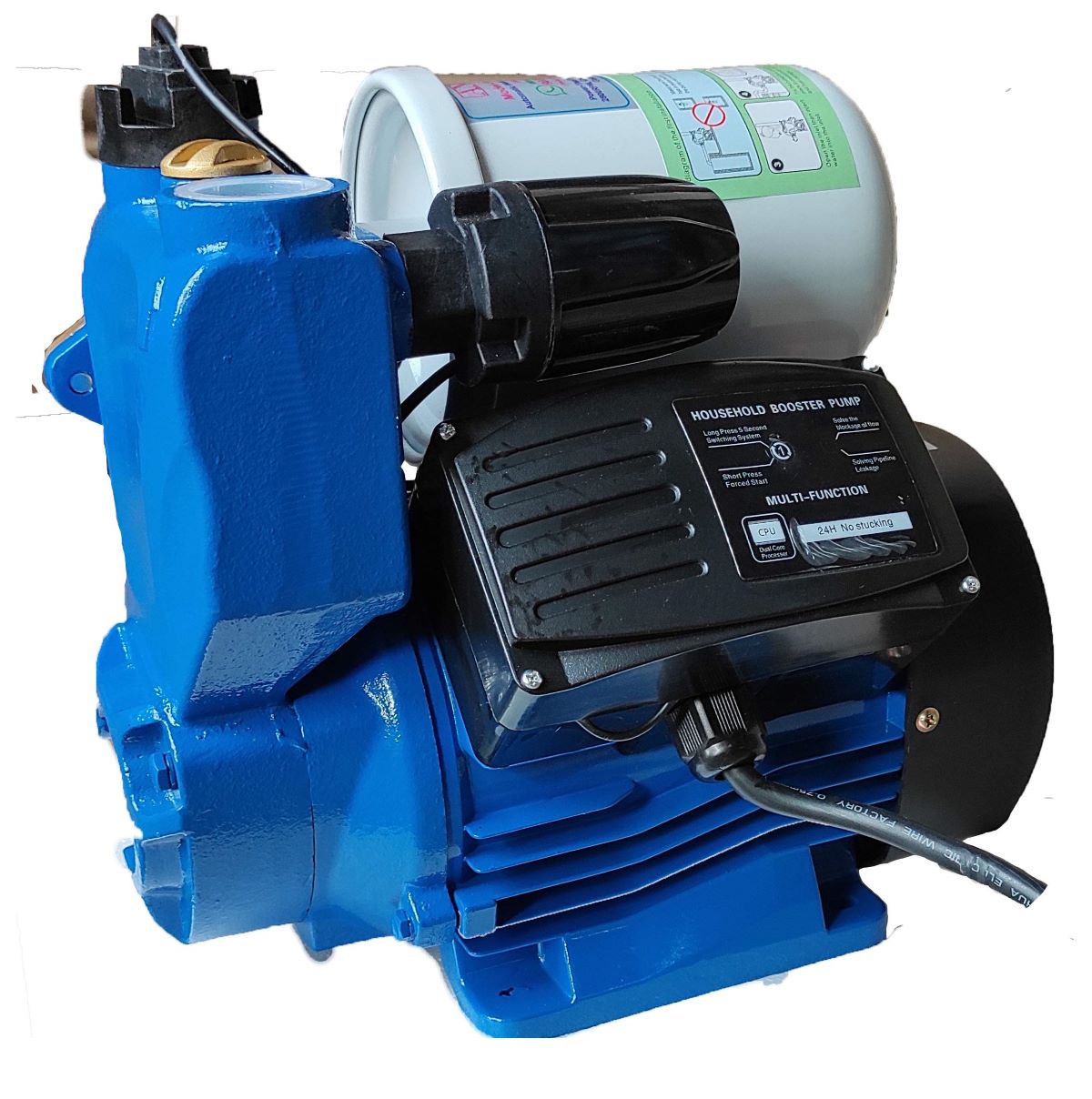
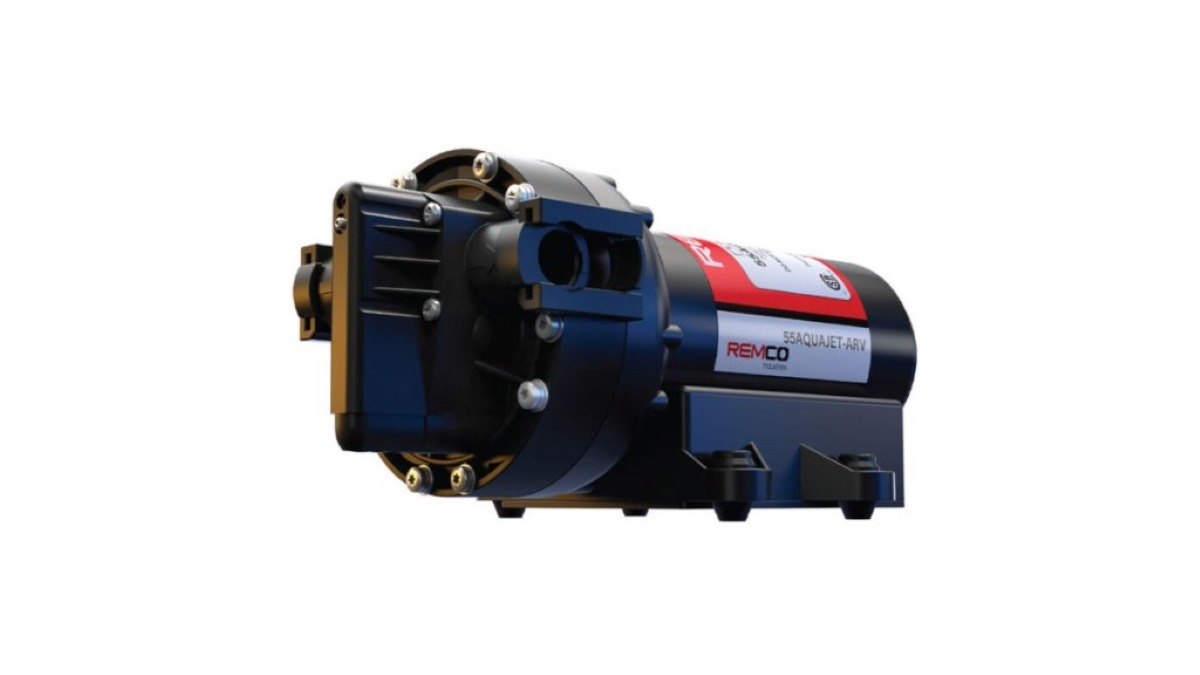
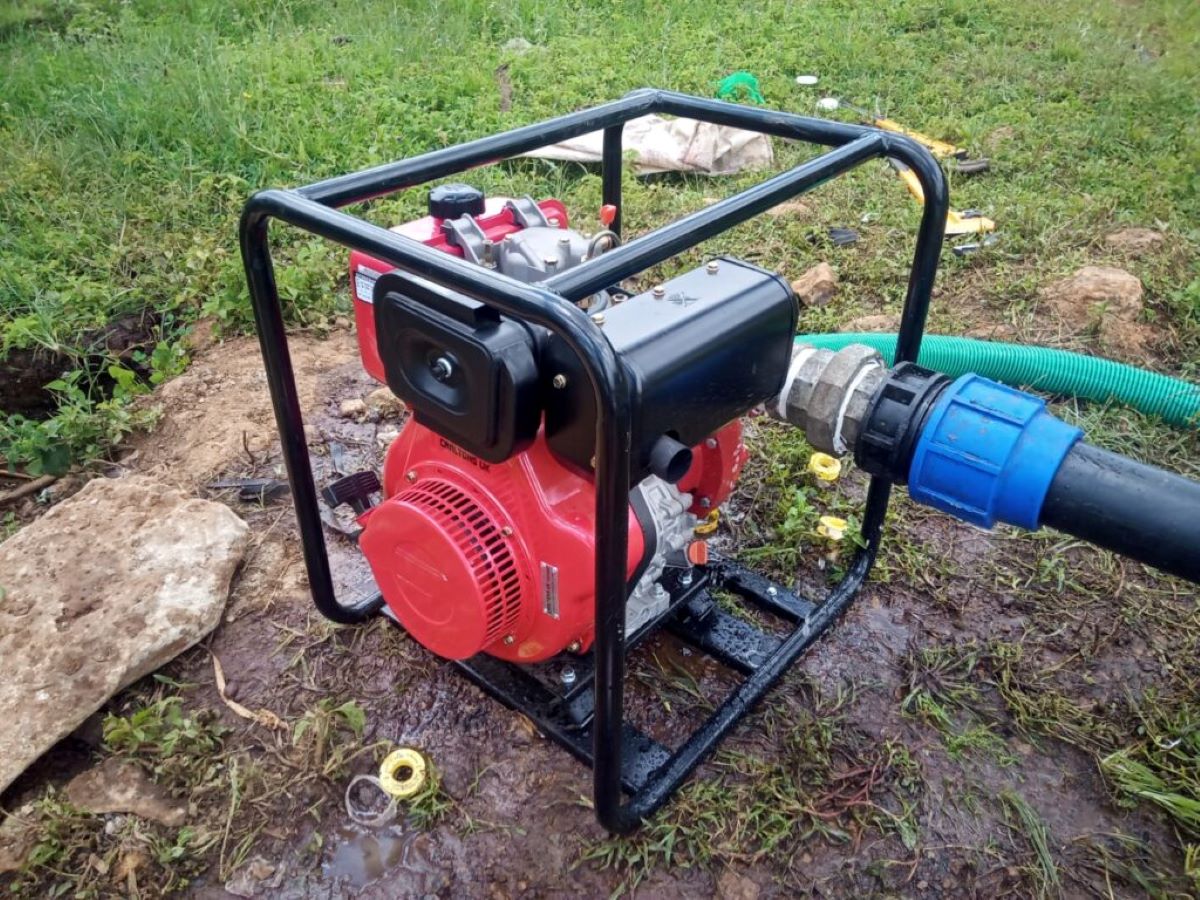
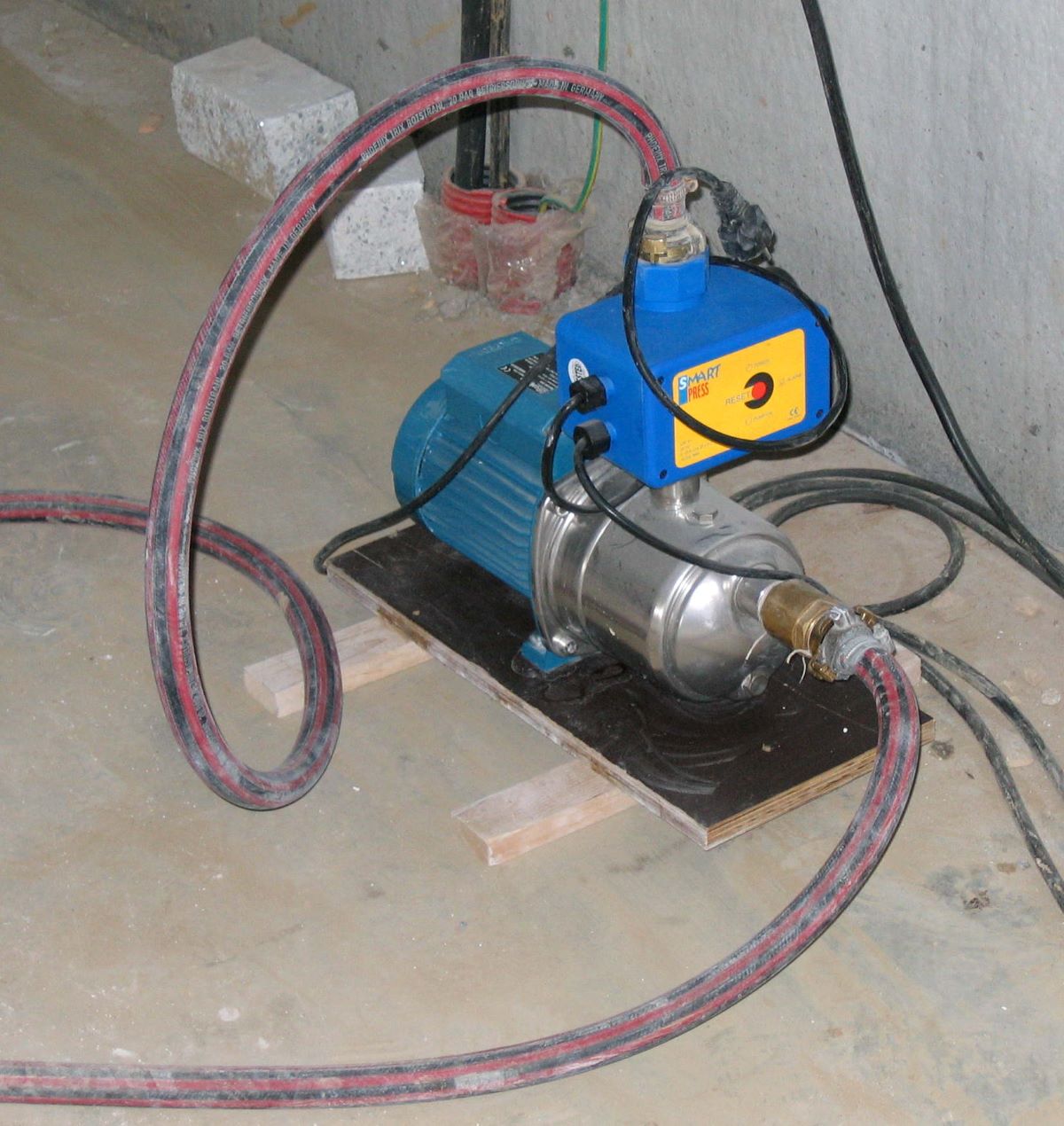
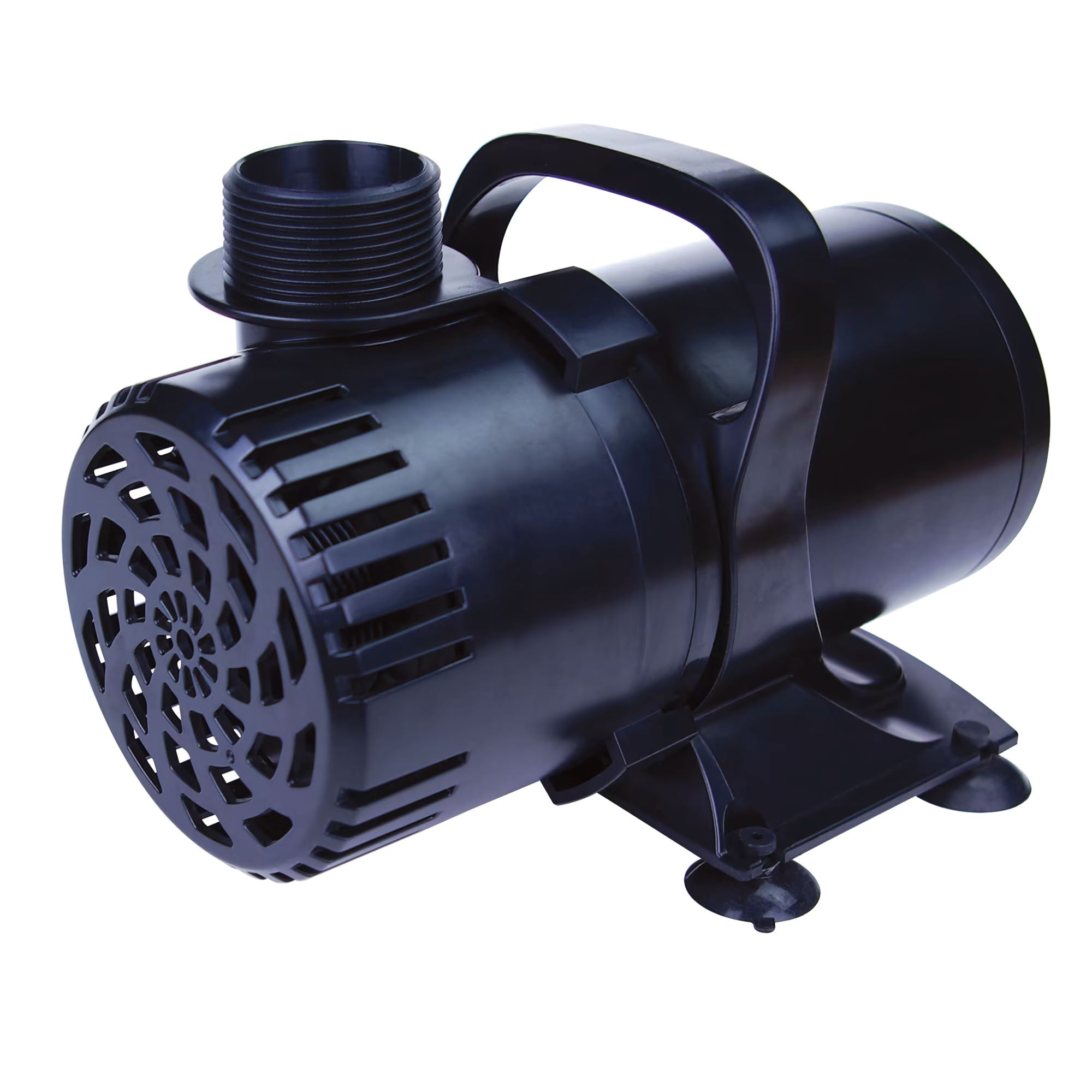
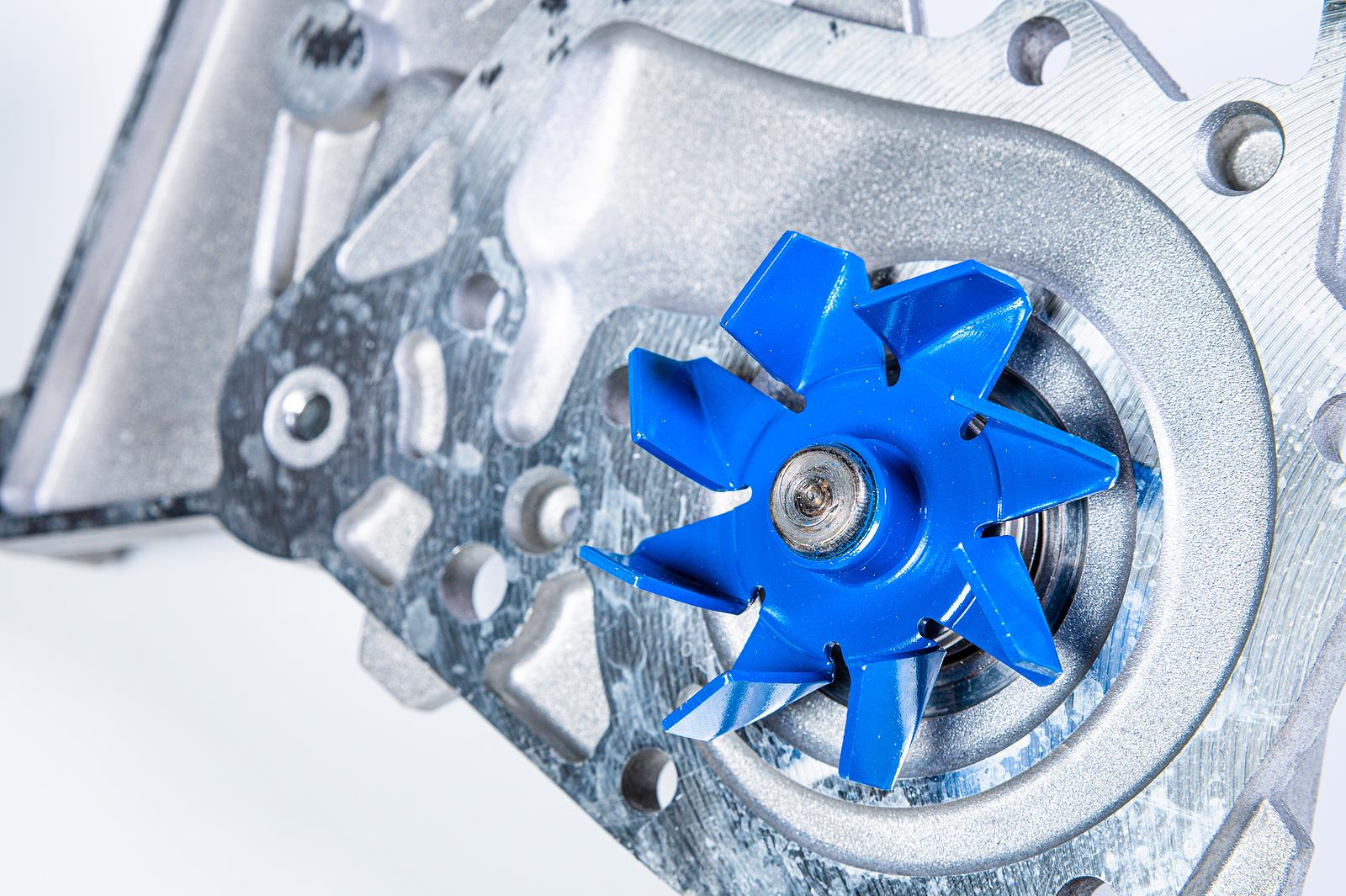
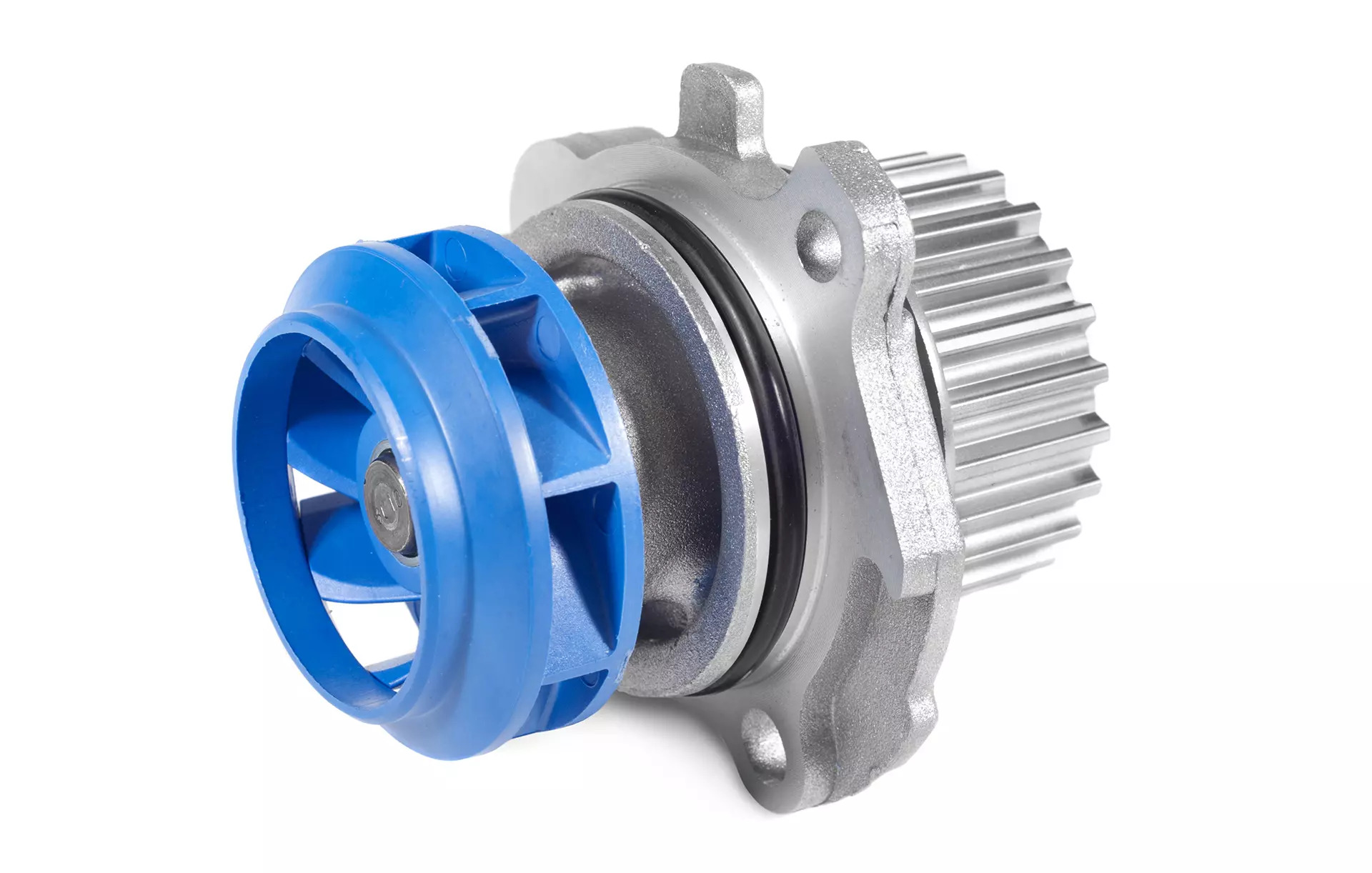

0 thoughts on “What Is A Water Pump Pliers”